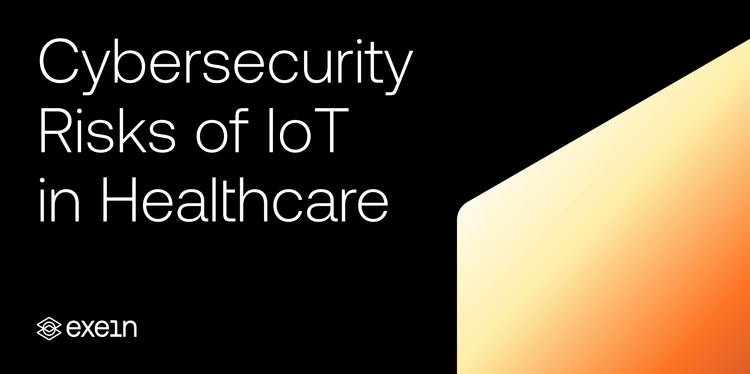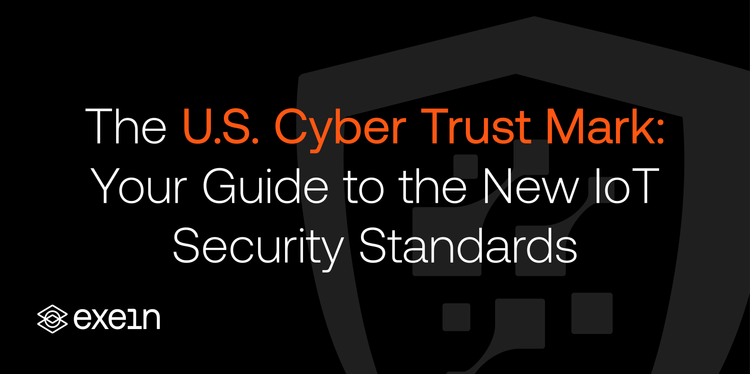IoT Security for People with Disabilities

As our world becomes more connected, technology plays a bigger part in our daily lives. This is especially true for people with disabilities. The arrival of the Internet of Things (IoT) started a time when 'smart' isn't just a word, but a lifestyle. But as we live in this smart world, the safety of IoT becomes very important. This is especially true for people who depend on these technologies every day.
Understanding IoT Threats
The Internet of Things, or IoT, encompasses a wide range of devices, from smart home appliances that control your home's heating and lighting, to health monitors that keep track of your physical well-being. For individuals with disabilities, these devices are much more than mere conveniences or trendy gadgets. They are essential tools that provide them with the means to live independently, while also drastically improving the quality of their daily lives.
However, as the reliance on these devices grows, so does the risk associated with their use. IoT threats are on the rise as malicious individuals continually discover new ways to exploit these interconnected systems for their own gain. The potential dangers that these pose are manifold, ranging from unauthorized access to sensitive personal data, to the complete takeover of a device's operations.
These threats are not hypothetical
they are very real and are consistently evolving in response to the changing landscape of technology and cybersecurity. Thus, it is crucial to understand the inherent risks associated with the IoT and to take proactive measures to mitigate these risks, in order to continue benefiting from these essential tools while maintaining one's safety and privacy.
The Essential Requirement of Protection for IoT Devices
When we talk about securing Internet of Things (IoT) devices, it's not just about protecting the devices themselves; it stands far beyond that. The significance lies in safeguarding the lives and personal privacy of individuals, particularly those living with disabilities. It's about creating a safe and secure environment where they can rely on these technological tools without fear of breach or misuse.
Protection for IoT devices is a multifaceted task; it ranges from ensuring the physical safety of the device to the privacy of the data being transmitted. It involves a series of steps, including but not limited to, regular updates to the device's firmware, which is the software that controls the functioning of the device.
Another critical aspect of IoT protection is a strong password policy. This means encouraging the use of unique and complex passwords, and changing them regularly. This helps in preventing unauthorized access to the device.
Furthermore, encryption of sensitive data is pivotal. Sensitive data could be personal information or any other data that needs to be kept confidential. Encryption refers to the process of converting this data into a code to prevent unauthorized access, therefore ensuring its privacy.
Lastly, but most importantly, IoT protection necessitates a comprehensive approach. It's not just about the technical aspects, but also about understanding and accommodating the unique needs and challenges faced by individuals with disabilities. It requires a thoughtful strategy that appreciates the diverse needs of different users, ensuring that everyone can benefit from the 'smart' lifestyle enabled by IoT, safely and securely.
Making IoT Security Simpler with Built-in Safety
When we talk about safety in IoT devices, especially for people with disabilities, built-in security is really important. This means the safety features are part of the device's hardware, so they're safer right from the start. This is very important when creating tools that are not only useful, but also safe for users with disabilities.
Making Safety Part of the Device
With built-in security, safety measures are part of the device, not just extras. For example, a smart wheelchair or a voice-controlled home helper for someone who has trouble moving would have safety measures right in the hardware. This could be secure startup systems, coded data storage, or hardware-based identification systems. By including these features, the devices are safer against meddling and cyber attacks.
Making Safety Fit the User
The great thing about built-in safety in IoT devices is it can be made to fit the exact needs of users with disabilities. For example, a device for a blind person can have special safety features that protect against audio attacks or unwanted audio spying. In the same way, devices for people with cognitive disabilities can have safety features that stop confusing or unexpected behavior.
Making Devices Reliable and Trustworthy
Built-in safety also makes IoT devices more reliable. For users with disabilities, it's very important that their devices work the same way every time. Built-in safety makes sure these devices are not just smart and quick, but also always safe and reliable. This reliability helps users trust their devices, knowing they're safe from many IoT threats.
Making Safety Simple for the User
Another big benefit of built-in safety is that it's user-friendly. People with disabilities often need devices that are simple to use, without complicated safety steps. Built-in safety makes the user experience simpler by taking care of most safety issues at the hardware level, so the user doesn't have to do as much. This makes safe IoT devices easier to use and less scary for users with different abilities.
Adding security features directly into the design of IoT devices for people with disabilities is more than just a tech upgrade—it's about their safety and freedom.
By making IoT security solutions that come with these features built-in, we make sure the devices are not just smart and handy, but also naturally safe and trustworthy. This is an important move in making a safer, more welcoming digital world for all.




